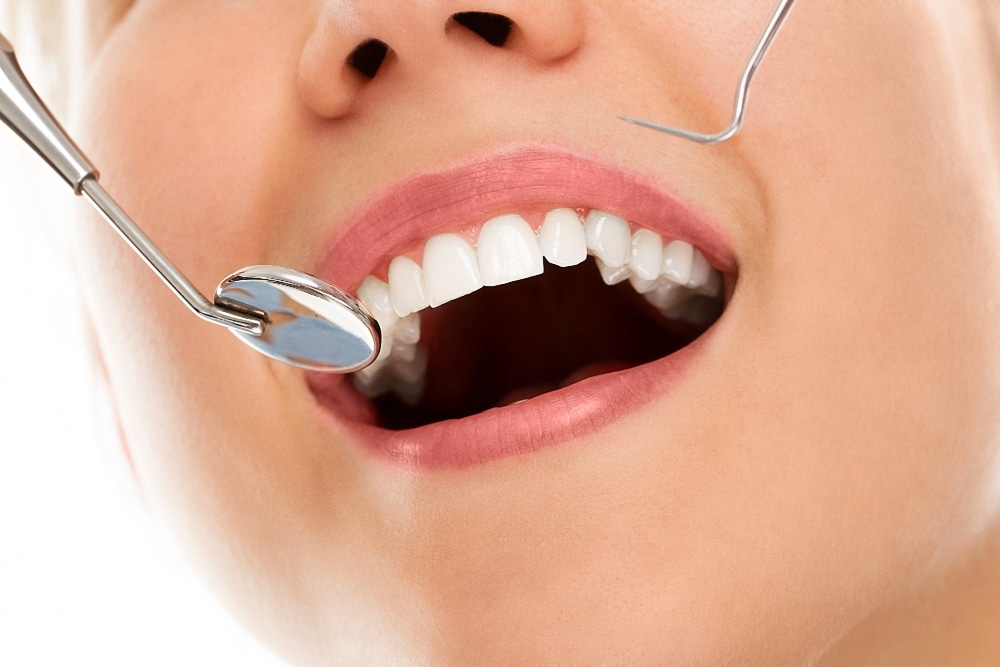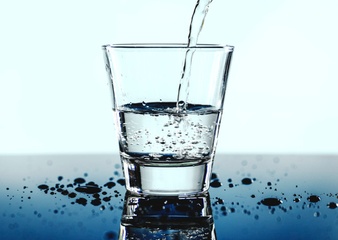Have you ever rush to the dentist in an emergency? Is a sudden toothache trouble you? If yes, then you should focus more on oral hygiene or should visit the dentist regularly to prevent you from dental problems.
The alarming dental problems which may turn into a serious issue with time are bad breath, tooth sensation, and tooth cavities. The urgent problems which need an immediate visit to the dentist are swelling in gums, loose teeth, fractured jaw, tissue injury or facial pain and severe pain in the mouth.
Here is the list of some urgent dental problems and ways to tackle them:
Loose Tooth:
The loose tooth is an urgent dental issue, if you are suffering from a loose tooth or if your tooth is out of alignment, then you should call the dentist immediately to book the appointment. In the meantime, you should try to put back the tooth at its place with your finger forcing it.
You should avoid moving your teeth with tongue, do not eat anything hard until you visit your dentist. You emergency visit to the dentist and precautionary steps may save your teeth from falling, as a doctor can splint it with adjacent teeth.
A toothache is some Of the Dental Problems:
A toothache is not something to take lightly; it may be a symptom of serious tooth decay or any other urgent dental problem. To know the exact reason behind your tooth pain, call your dentist immediately to book an appointment for a checkup.
Tissue Injury Or Facial Pain:
Any kind of injury inside mouth such as a tear of cheeks, lips, tongues is considered to be tissue injury. The tissues of the mouth are soft and delicate and when they get injured it is very painful.
These get injured by an accidental bite on cheeks, if you fall, due to some infection. It is better to call the dentist immediately if you have severe pain due to tissue injury and book appointment for you. In meantime rinse your mouth with warm salt water to get some relief from pain.
Swelling Of Gum:
It is a serious dental problem, which causes tooth pain and bleeding through gums. If your gums are in pain and are swollen then, book an appointment with a dentist immediately. The doctor may apply for some medicine on gums to give you relief from pain and also will prescribe you medicines.
Below are the other dental issues which need your concern:
Bad Breath:
Bad breath causes due to poor oral hygiene or due to tartar deposition on your teeth. You should visit your dentist for a checkup, to get rid of plaque or yellow teeth which in turn also improve your breath.
Teeth whitening are a type of cosmetic dentistry done by the dentist to remove plaque from teeth and to give you confident smile.
Sensitivity For Cold And Hot:
If you feel sensation while eating ice cream or drinking hot coffee then, your teeth need a visit to the dentist. Sensation occurs when enamel of our teeth gets thinner and it affects the tooth as well as roots of the teeth. Get this treated on time before it leads to any serious problem.
Tooth Cavities:
Regular dentist checkup can help you to identify cavities and can get treated on time. The sooner you take care of your teeth; you can save them from getting decay. The dentist will protect the tooth from preventing further exposure to substances which may increase the cavity.
Many dental issues can be minimized by adopting good oral hygiene and by visiting the dentist regularly. Your teeth are an important part of your personality and also support you in eating, so take care of your teeth properly.
Read Also:






















